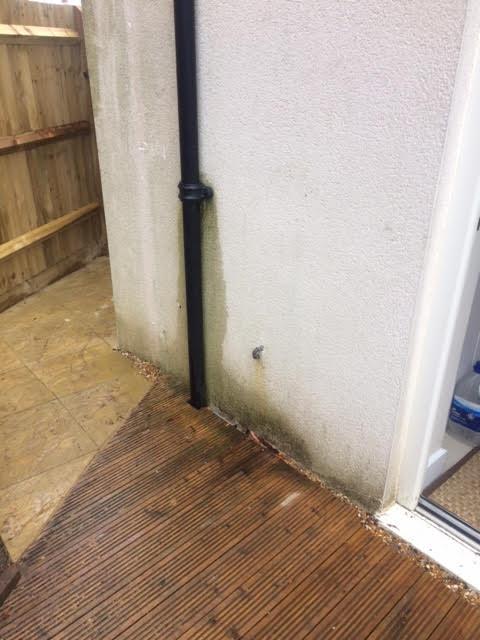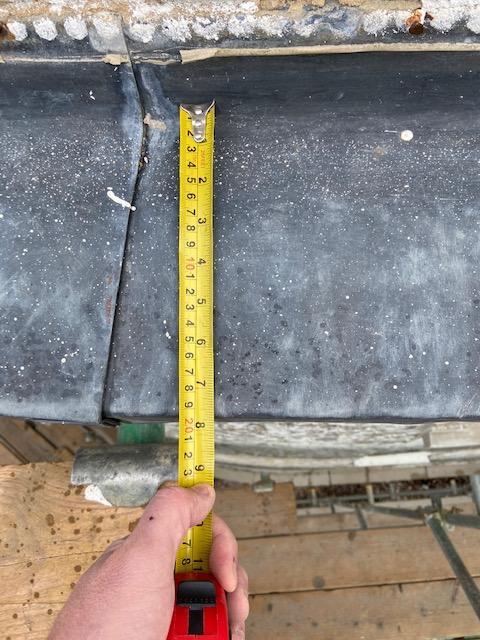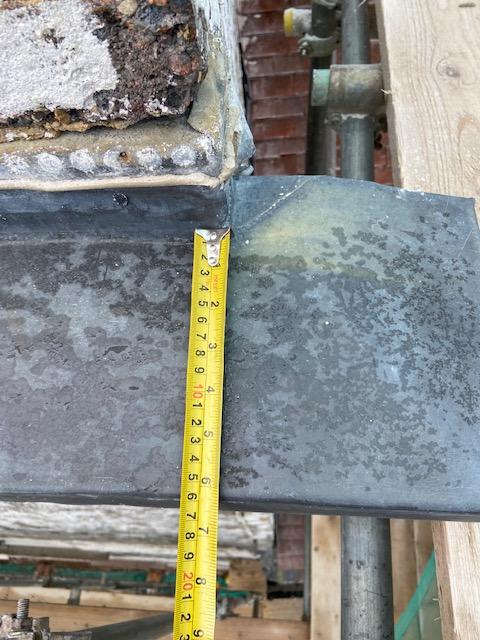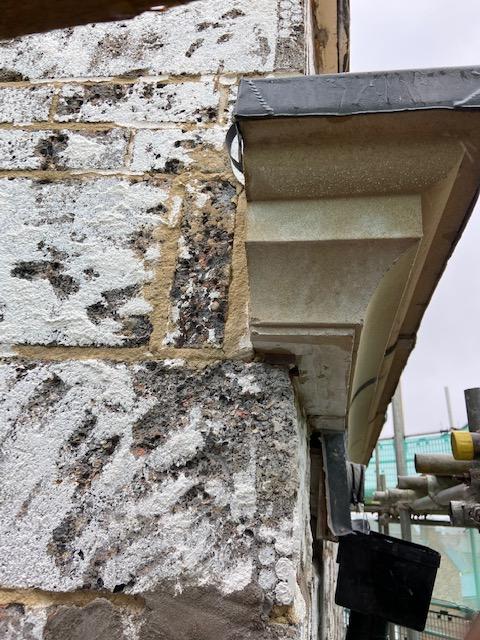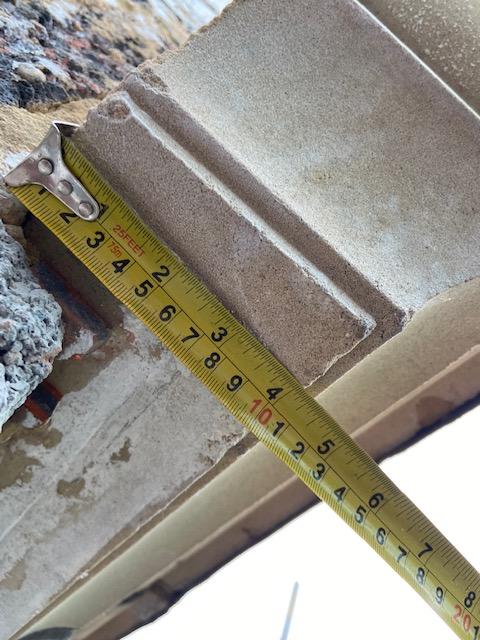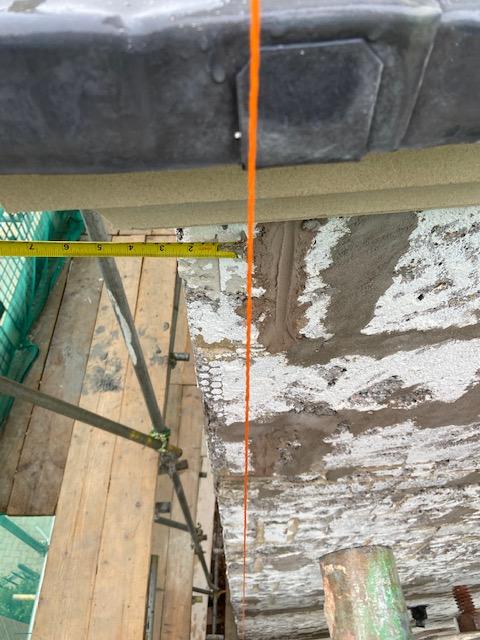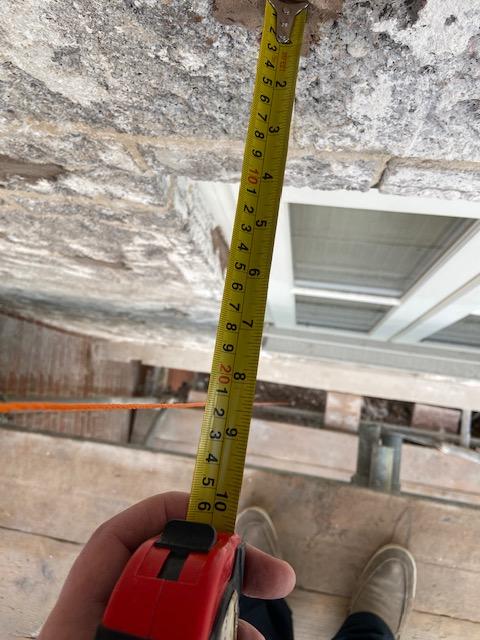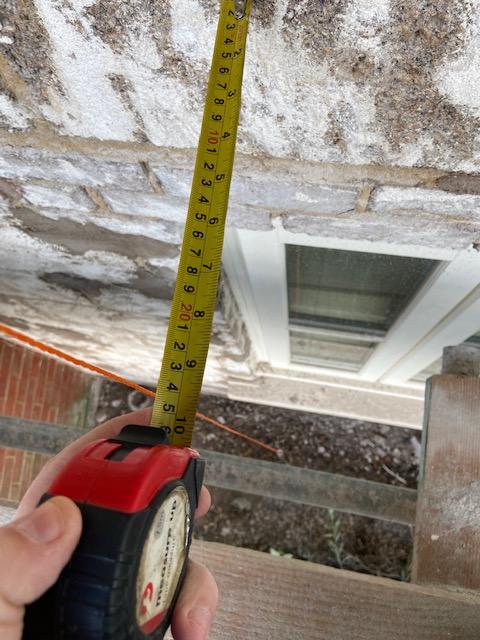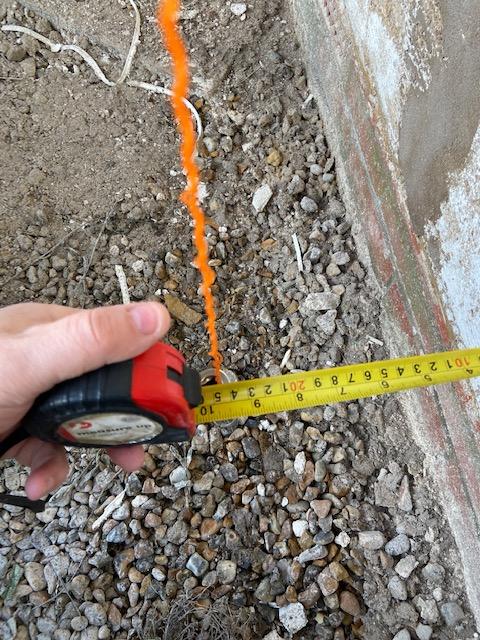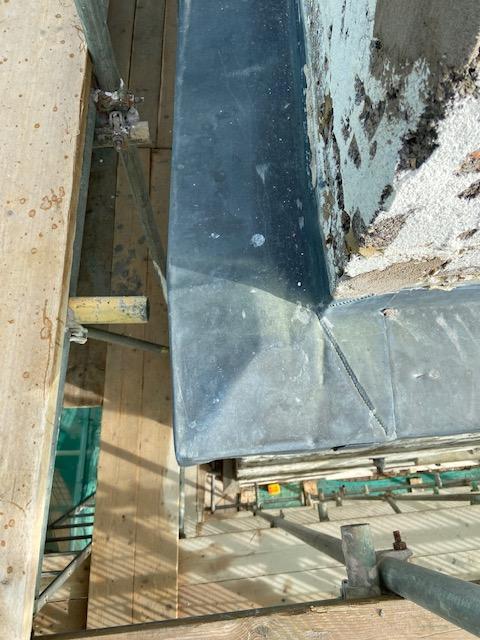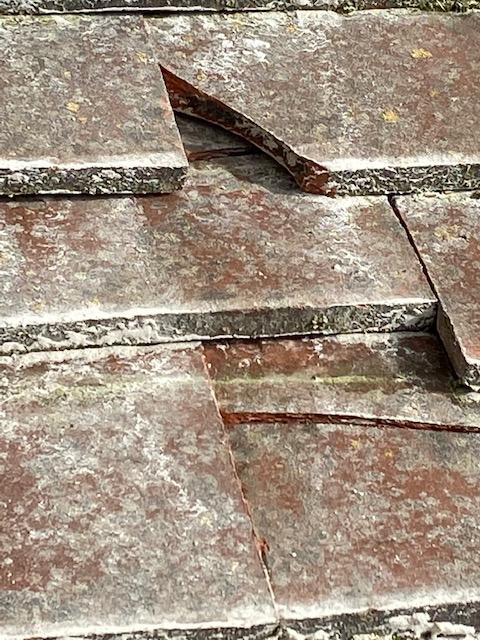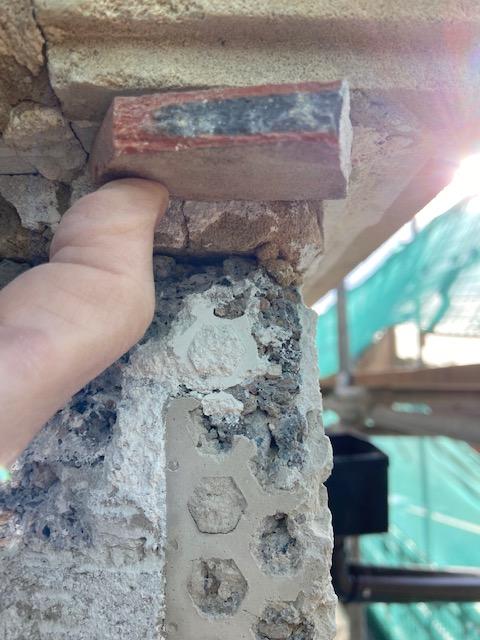
Bri44
Members-
Posts
148 -
Joined
-
Last visited
Recent Profile Visitors
The recent visitors block is disabled and is not being shown to other users.
Bri44's Achievements

Regular Member (4/5)
0
Reputation
-
Had a non windy day today. Checked the plumb again. Every wall is out. Front by 50mm, curve by 30mm, side to the far corner 30mm and back fluctuates around 10-15mm. Length of wall panels vary. The overall height of the building as it reaches the top sandstone ledge is not level. The horizontal bed mortar under the ledge varies in thickness from 10-25mm.
-
It was not blocked. The top box was not attached to the roof, there was a gap of a few cm`s so all the water that accumulated on the faulty roof would drain out eventually once it rained enough for the water level to rise above the outlet. Any debris and water would run down the back of the drain pipe hitting the joints and dispersing outwards.
-
I think the plinth as in the lower one supports whatever is above it. As for staining. Mine was bad.
-
My concern with the string sandstone plinth is how its supported on this side of the house and what load bearing is it carrying. By my calculations the plinth is embedded 25mm only on this side elevation. I`ll attach some pictures showing the measurements. At the starting corning it is embedded by 50mm. first two images. As it hits the bend its embedded 30mm. As it goes down side of house and hits far corner it is embedded 25mm at most. As it goes along the back of the house its embedded 60mm Corner at back of house is 60mm.
-
Thanks Mr Punter. This is why I`m asking on here, I then cross check with the relevant data if possible so I don`t go putting things to them that are within tolerance. As Gus pointed out, if I have a several things out of tolerance, it`s up to them to prove why they are out and that the building is structurally sound. For this sandstone ledge, do you know how far it should be set back under the blocks above and below?
-
I have put forward options to them. They are waiting on the latest SE report before deciding on what their options are. Meanwhile I will gather more information. So far what I have presented to them is pretty damning and factful. I would estimate it has cost more than a small house so far in repair costs.
-
Hi Gus. I`ll have a good look in the morning and do some investigating. I`m guessing they will have stuck a piece of plywood under to provide full rest for the masonry above. I wish hinges on my doors were the only issue. Saying that, the screws in the downstairs bathroom door are all rusty. Wrong screws i guess.
-
That is the measurement from that corner. The parapet being nearly 2 inches set back. Here it is at the other corner at the front of the house. You can see the walls are inline with each other.
-
Ni idea Declan. The house was already built when I purchased it. How far should these ledges sit under the blocks above them?
-
I managed with the water, done most walls except one corner which is a wind tunnel. Thanks for the bucket of water tip. All the walls are out of plumb except the back corner that is attached to my neighbours house. One thing i did notice is the parapet wall is flush with the wall below at both corners where attached to my neighbours house. On the opposite corner the parapet is nearly 2 inches set back from the wall below.
-
So the front ground floor section of my house is 20mm longer in width than the next level 1st floor. This whole section is 20mm lower than the height of the adjoining curved section. I`m going to measure the cavity widths where i can access them mainly at the expansion joints. I did measure two places, it appears the cavity is 4 inches wide but in some places it is 5 inches wide. Is there a maximum width the cavity should be? This picture shows the 20mm difference between the two sections.
-
I have checked the plumb. The front of the house is out by roughly 50mm The curve is out between 20-28mm The back seemed out just a few mm but it is windy there so hard to get a reading. Here are 5 pictures showing from the parapet wall down. I had to start over the ledge. When looking down you can see the line is further out from the base of house a lot.
-
-
I found another bit of tile. It matches my neighbours roof where the builders have damaged their tiles. So it`s a roof tile they stuck under. Measuring under the ledge, at the opposite corner the mortar is twice as thick which I`d say means the top layer of blocks this ledge sits on is not straight.
-
If you look on the parapet wall picture there is one near the corner on the front of the house too. This one is about 15 inches from the corner whereas the wonky back one is about 4 inches from the end. Could it have something to do with that piece of wall overhanging my neighbours roof? According to Ancon wall ties, only flat slip ties should be used in a movement joint. My gables have embedded wire type which will prevent the intended movement. I`ll ask the LABC warranty inspector why the movement joints are there. Any other questions you can think of that i should ask? I`ll put it all in writing to them.


